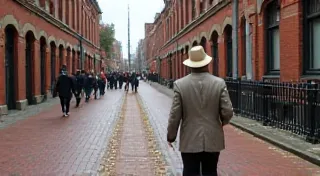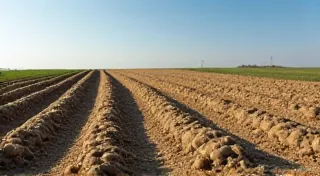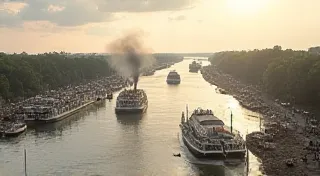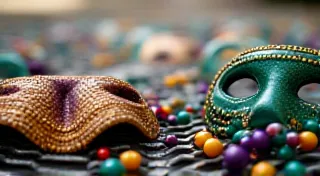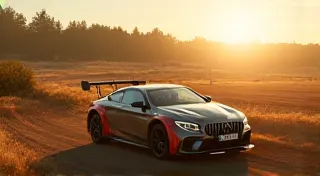Louisiana Postcards: Mardi Gras, Swamps, and French Quarter Charm
Louisiana, a state brimming with history, culture, and natural beauty, has long captivated collectors of vintage postcards. From the raucous celebrations of Mardi Gras to the haunting landscapes of its bayous and the undeniable allure of its French Quarter, Louisiana offers a rich tapestry of imagery that has been preserved on countless antique and vintage postcards. This guide explores the fascinating world of Louisiana postcards, providing insights into their history, popular themes, and what makes them so desirable to collectors.
A Brief History of Postcards and their Arrival in Louisiana
The postcard, as we know it today, emerged in the late 19th century. The first privately issued postcards in the United States arrived in 1893, quickly gaining immense popularity. Louisiana, with its vibrant urban centers and unique cultural identity, proved to be fertile ground for this burgeoning hobby. Early postcards were often “real photo postcards” (RPPCs), featuring black and white photographs. As printing technology advanced, color postcards became increasingly common, adding another layer of appeal. The "Golden Age of Postcards," spanning roughly from 1907 to 1915, saw a massive influx of postcards depicting scenes from across the nation, and Louisiana was certainly a prime subject.
The early 20th century saw postcard production driven by local printers and publishers eager to capitalize on the tourism boom. Louisiana's appeal as a vacation destination, particularly New Orleans and its surrounding areas, fueled demand for postcards that captured the essence of the state. These postcards were often sent as keepsakes to friends and family, or simply collected as mementos of travels. The decline in postcard popularity began with the rise of photography and later, the impact of the Great Depression. However, the postcards that survived these historical shifts remain valuable pieces of Louisiana’s past.
Key Themes in Louisiana Postcards
Louisiana postcards aren’s just about pretty landscapes; they reflect the state’s distinctive character. Here's a look at some recurring themes:
Mardi Gras Mania
Undoubtedly, the most iconic imagery associated with Louisiana postcards is Mardi Gras. New Orleans' world-famous celebration is a magnet for tourists and a treasure trove for postcard collectors. Early postcards depicted elaborate parades, masked revelers, and the vibrant floats that define the festivities. You’re likely to find cards showcasing Zulu Social Aid & Pleasure Club, Krewe of Rex, and other prominent krewes. The earlier the postcard, the more valuable it tends to be, especially if it shows historically significant parades or events.
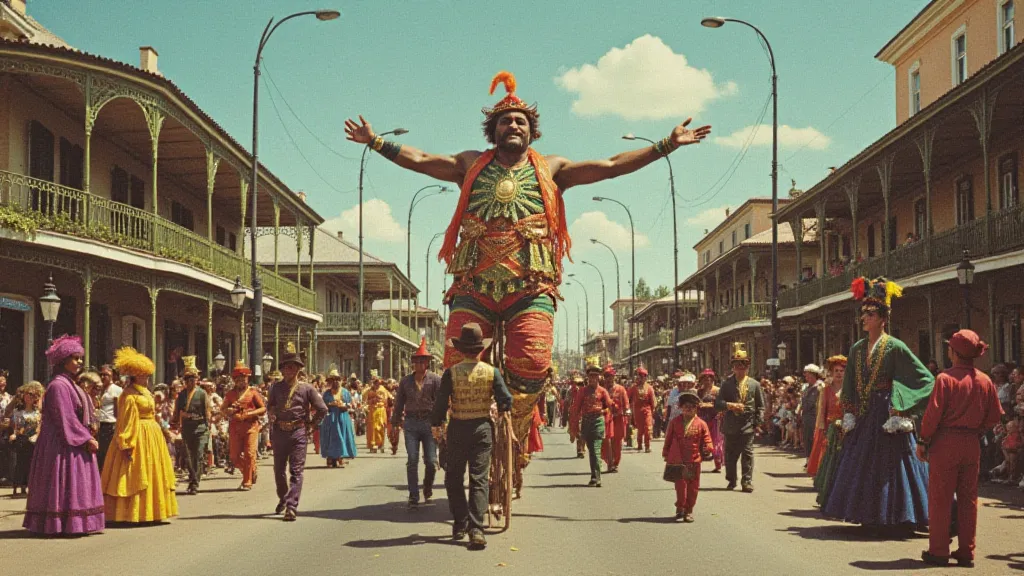
The French Quarter: A World of its Own
The French Quarter, with its distinctive architecture, wrought-iron balconies, and lively atmosphere, is another dominant theme. Postcards frequently showcase iconic landmarks like Jackson Square, St. Louis Cathedral, and the Cabildo. They also capture the everyday life of the Quarter, featuring street performers, cafes, and glimpses into the unique cultural blend that defines the area. Cards depicting the Mississippi River front in the French Quarter are particularly desirable, showcasing steamboats and bustling activity.
Swamps and Bayou Landscapes
Beyond the urban excitement, Louisiana's natural beauty, particularly its sprawling swamps and bayous, have been frequently captured on postcards. These cards often portray cypress trees draped in Spanish moss, glimpses of wildlife like alligators and herons, and the vast, watery expanse that characterizes so much of the state's interior. These landscapes offer a stark contrast to the bustle of New Orleans, highlighting Louisiana’s diverse character.
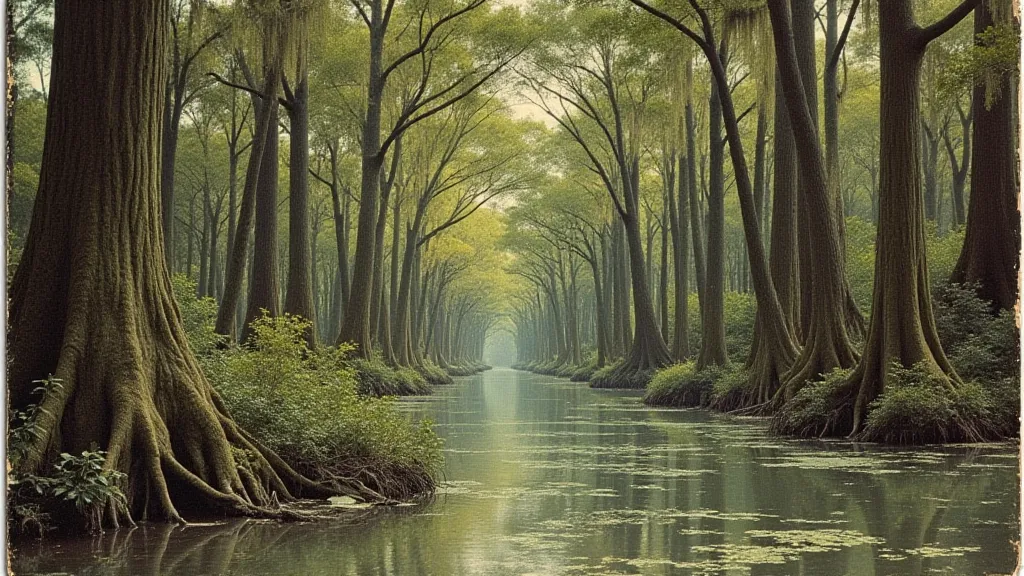
Industry and Commerce
Postcards weren’s only about tourism and leisure. Many cards depict Louisiana's industrial and commercial enterprises. These might show sugar plantations, oil refineries, or images of bustling port facilities highlighting the state's important role in the nation's economy. While perhaps less visually appealing than Mardi Gras scenes, these cards offer valuable insights into Louisiana's economic history.
Early Railroads and Transportation
The development of railroads played a vital role in Louisiana’s growth, and several vintage postcards showcase the state’s railway infrastructure. Images of train stations, locomotives, and railway lines offer a glimpse into the transportation methods of the early 20th century and how they shaped the state's development.
Identifying and Valuing Louisiana Postcards
When collecting Louisiana postcards, several factors influence their value:
- Age: Early postcards (pre-1920) are generally more valuable.
- Condition: Well-preserved postcards, free from creases, tears, and stains, command higher prices.
- Rarity: Cards depicting unique events, locations, or views are more sought after.
- Publisher: Certain publishers are known for producing high-quality postcards and their cards tend to be more valuable.
- Postmark: A clear and legible postmark can add to a postcard's charm and value, indicating where and when it was sent.
Tips for Collecting Louisiana Postcards
Starting a Louisiana postcard collection can be a rewarding experience. Here are some tips to get you started:
- Start with a theme: Focus on Mardi Gras, the French Quarter, or a specific region of the state.
- Attend postcard shows and flea markets: These are great places to find unique and affordable cards.
- Join online postcard forums and communities: Share your finds and learn from other collectors.
- Research publishers and photographers: Knowing the history behind a postcard can enhance your appreciation for it.
- Be patient: Building a collection takes time and effort.
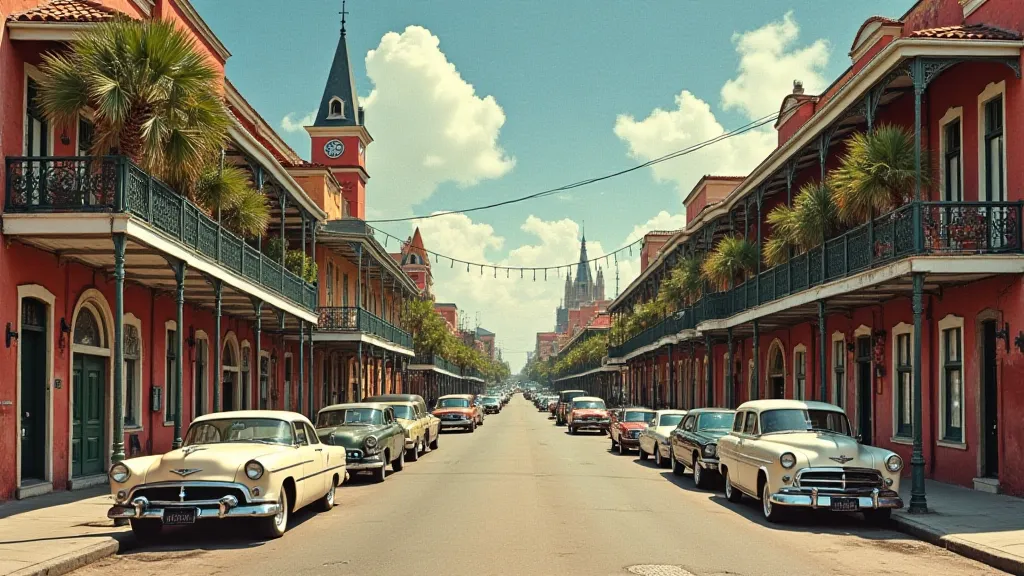
Conclusion
Louisiana postcards provide a captivating window into the state's rich history and culture. Whether you're fascinated by the vibrant celebrations of Mardi Gras, the allure of the French Quarter, or the beauty of the bayous, there’s a Louisiana postcard waiting to be discovered. Collecting these tangible pieces of the past is a journey of discovery – one that connects you to the people, places, and events that have shaped this unique and captivating state.
